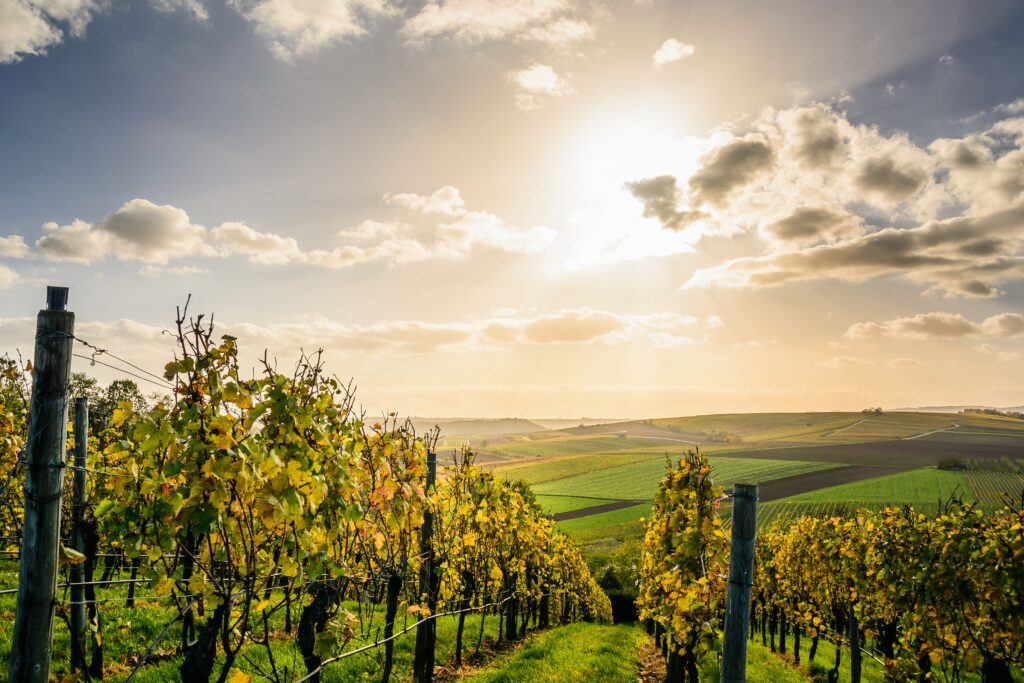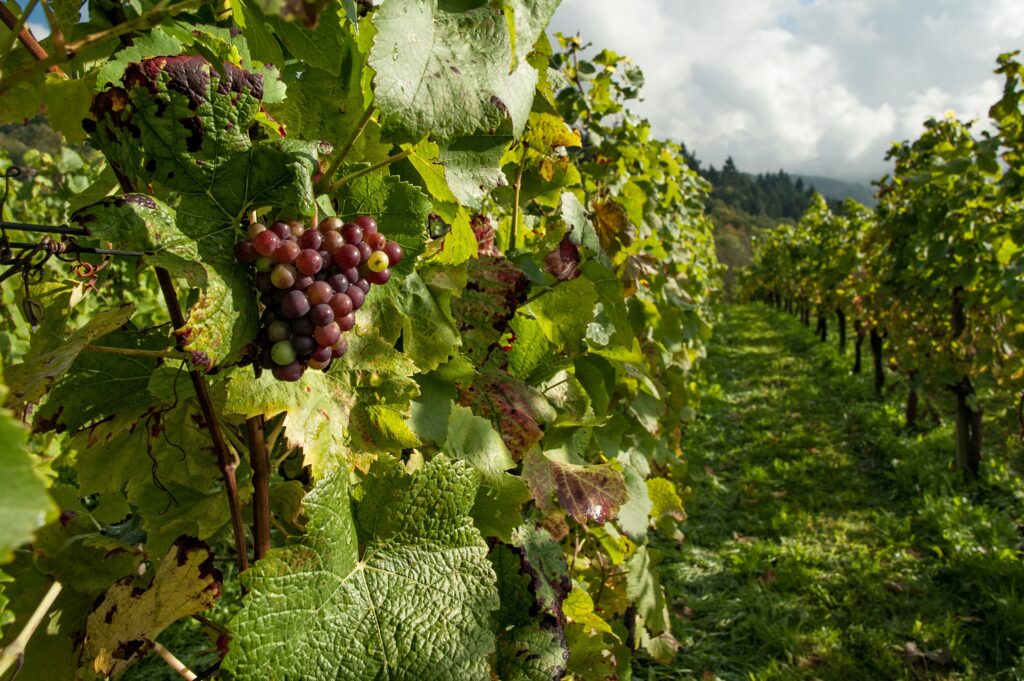Yiannis Karakasis MW discusses about the new era of Cretan wine as well as Vidiano and Liatiko varieties of the renowned Cretan vineyard.
Yiannis Karakasis, Master of Wine “Vidiano and Liatiko…the new era of Cretan wine”

Katerina Karsioti: What are the main characteristics of the Cretan vineyard?
Yiannis Karakasis MW: The increasing emphasis on indigenous grape varieties and traditional winemaking methods. Another key and main characteristic is the altitude, as most of the vineyards of Crete are located at an altitude of 900 m above sea level. The adapted indigenous grape varieties and the temperate climate of the island produce wines rich in flavor and freshness. More than 100 producers are active with around 23 million bottles per year. White wines have the lion’s share in terms of demand.
The Cretan vineyard through the “eyes” of Master of Wine, Yiannis Karakasis
Katerina Karsioti: What are the comparative advantages of Cretan wines?
Yiannis Karakasis MW: The abundance of indigenous grape varieties, as I already referred. The relatively high altitudes and the terroir diversity that contribute to the production of high quality wine. Innovative ideas from young producers, a very active network of winemakers called “Wines of Crete”, the exceptional and distinct Cretan cultural identity, millions of tourists every year and the connection of food and gastronomy that is extremely vigorous in Crete.

Reflections from the past…
The history of the vine is lost in the depths of the centuries. Suffice to reflect that wild grape seeds have even been found in caves inhabited by nomadic prehistoric races… Before the Ice Age, the vine thrived in the polar zone. Glaciers, however, limited its spread, pushing various types of wild vines to warmer zones, such as central and eastern Asia, central and southern Europe, but also the wider area of the southern Caucasus.
It was there that the species “Vine the Winemaker” (Vitis vinifera) was born, which nowadays in its various varieties is cultivated almost exclusively. The art of viticulture is thought to have commenced with the agricultural revolution around 5000 BC.
Greeks developed particularly winemaking, almost monopolizing the market for centuries. They were introduced to wine probably from the beginning of their settlement in their present place. We are still not sure where they became accustomed to the art of winemaking, but according to one of the prevailing theories, they learned it from the eastern peoples (Phoenicians or Egyptians) with whom they had developed trade relations, especially the Minoans.
The cultivation of vines and the production of wine in Crete have continued unrelentessly over the centuries. In the “Code of Gortyna”, the oldest legal text in Europe, we see for the first time a series of rules for the cultivation of the vine.
New varieties are tested, new aromas and flavors emerge, offering the consumer fine wines satisfying tastes and high demands. Utilizing the traditional grape varieties and the experience accumulated over centuries, the current wine industries of Crete have succeeded in elevating Cretan wine to the position it rightfully belongs to.

Source: Wines of Crete
Katerina Karsioti: Which Cretan varieties are “coming forward”, which are gaining interest and which are perhaps “losing” ground?
Yiannis Karakasis MW: The discussion about the new era of Cretan wine focuses mainly on “Vidiano” and “Liatiko”. Moschato Spinas with its charming flavors. Assyrtiko is also gaining ground with approximately 600 acres. The other varieties, the so-called rare ones such as Dafni, Plyto and Thrapsathiri, also attract great interest. On the other hand, Vilana has lost its primacy and Romeiko is in search of its identity.
Vidiano and Liatiko…The new era of Cretan wine
Katerina Karsioti: What does the future of Cretan wine look like?
Yiannis Karakasis MW: Cretan wine has evolved immensely in the last decade and the future looks promising. However, hard work is required in order to strengthen its position globally.





